The wounds of Sarajevo thirty years after the Bosnian war
Publish date 23-12-2022
No one in Sarajevo forgets 1984, the year of the Winter Olympics, the last flash of normality in the city that proudly called itself the Jerusalem of Europe. It was true! A bridge city, a melting pot of different cultures and religions, able to accommodate in the historic center an ancient mosque, the Orthodox cathedral, the Catholic one and two synagogues. All within a few hundred meters. The legacy of a centuries-old history made up of dominations: the Middle Ages of the Kingdom of Hungary, the Ottoman Empire until 1878, then the Austro-Hungarian Empire, the Slavic kingdoms, up to General Tito's Yugoslavia. Differences capable of being together, despite everything.
The images are taken from Paolo Siccardi's exhibition - The days of the siege of Sarajevo
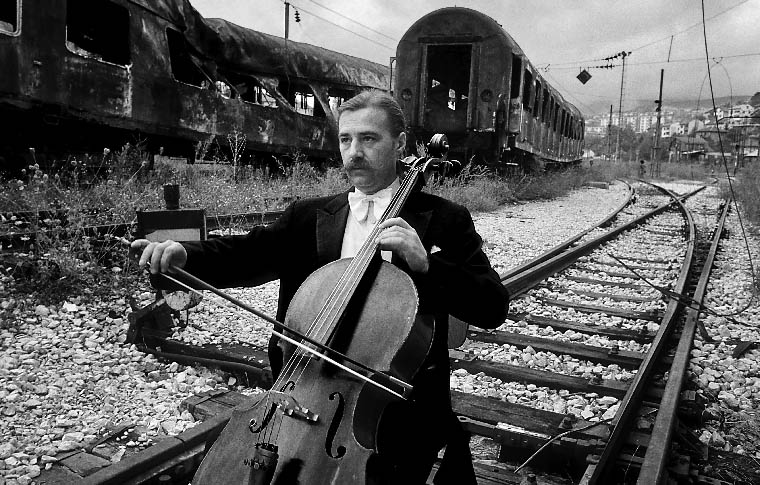 Sarajevo 1992.
Sarajevo 1992.
VEDRAN SMAILOVIC, principal cellist of the Sarajevo Philharmonic, plays Albinoni's Adagio in G minor for 22 days amidst the rails and trains uprooted by explosions.
This is how he remembers the sixteen civilians killed on May 27, 1992 by a mortar shell while they were queuing up to buy bread.
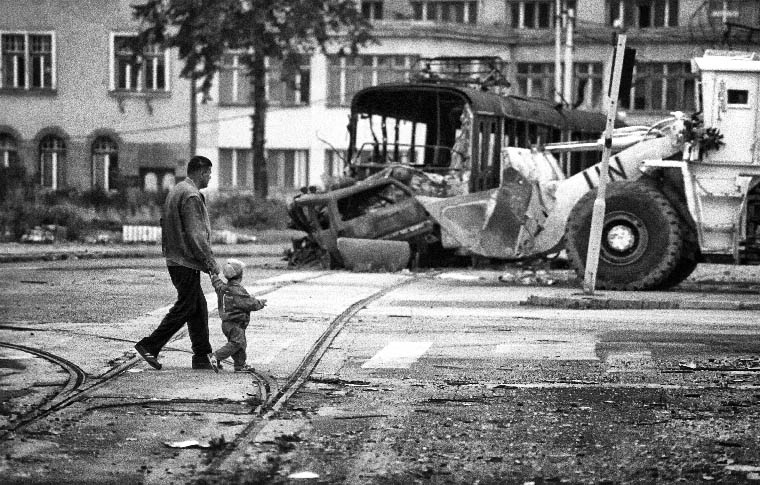
The Olympics were a showcase and an economic driving force. The Olympic Stadium is still there on the heights above the Miljacka River.
But the landscape has changed. Today there are no more lawns, but cemeteries: large expanses of white, Muslim and Christian tombs.
Men and women of all ages, all died between 1992 and 1995. Those who don't know history at the moment don't understand, but those dates engraved in marble are the legacy of the black hole of the 1990s, of the wars that for almost ten years they bloodied the Balkans after the dissolution of the former Yugoslavia.
With the collapse of communism and the socialist dictatorship, the utopia of a country that tried to unite different peoples ended. First the independence of Slovenia, then of Croatia, finally of Bosnia and Herzegovina. With Serbia unwilling to be downsized and ready to fully defend the rights of its minorities.
The nationalist fury present in every group did the rest: blood in rivers in Croatia, but above all in Bosnia, the most complex and articulated country with Serbs, Croats and Muslim Bosniaks effectively mixed.
Sarajevo became a martyr city, the scene of the longest military siege since the Second World War.

From 1992 to 1996, the city ran out of food, water, heating with civilians targeted by bombs and Serbian snipers stationed in the mountains around the city.
Ulica Zmaja od Bosne is still called "sniper avenue": people ran to avoid the bullets, took cover as best they could, but not everyone made it. At the end of the war, the dead were 12 thousand, those who today rest in the meadows of the Olympic park.

The Leone cemetery overlooks the stadium. Apparently anonymous, yet how many names, how many stories.
At the end, on the right side, there is a tomb different from the others: a marble heart, the image of two young people embracing, only two names, those of Bato and Admira.
They are the symbol of the siege, two boys still remembered as the Romeo and Juliet of Sarajevo.
They too fell under sniper fire, just 25 years old.
Bato was Serbian Orthodox, Admira Muslim: in the crazy logic of those years, representatives of two opposing sides. But Bato and Admira first of all loved each other.
They had met years before, when the war was still far away, they dreamed of a family, a life together, a future. In May 1993 they decided to flee the city: a very dangerous but inevitable choice. To fall under the fire of the bullets was first
Bato, who died instantly, then Admira, who despite her wounds managed to reach her fiancé to join him in an eternal embrace. Their bodies remained on the Vrbanja bridge for eight days, as a warning to anyone who tried to do the same.
A truce was needed between the parties to allow for the burial.
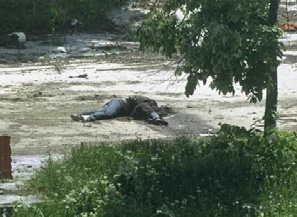
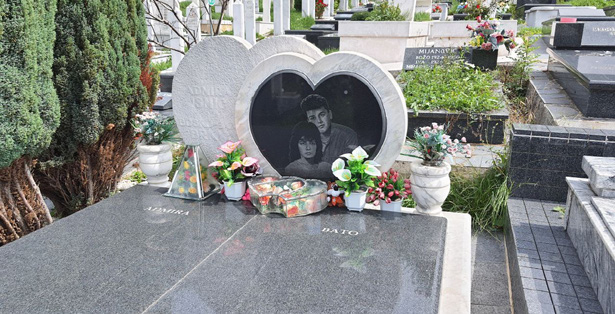
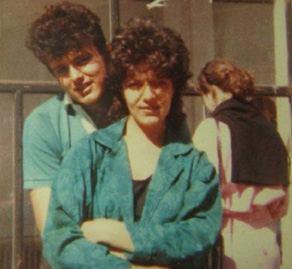
Today the grave of Bato and Admira continues to speak. Together even when dead. Relatives without distinction of religion or ethnicity continue to place a flower, to pray, to nourish the memory.
Because these two young men testified with their lives to the choice to unite not only hearts, but also destinies. If their peoples were capable of it today! Unfortunately, this is not the case, because the war has left physical and moral ruins, ancestral divisions. The conflict officially ended in 1995 with the Dayton Accords.

But where one no longer fights with weapons, one does so with nationalisms, with opposing memories, with totally different interpretations of events, with a justice that is not yet complete.
Because the international courts have convicted the main perpetrators of the crimes, around 200, but according to a rough estimate the perpetrators on the loose are over 10 thousand.
The logic of war won, it froze the divisions, it did not heal the wounds or make forgiveness germinate, possible only in mutual acceptance, in the willingness to acknowledge the pain of others.
A pain that unfortunately, in many cases continues to be delegitimized or exploited.
Proof of how weapons really kill many times, not just when they are used. The cold peace of Bosnia proves it: thirty years were not enough to build and consolidate it.
NPEYES
Photo Paolo Siccardi
Texts Matteo Spicuglia
N.P. October 2022







